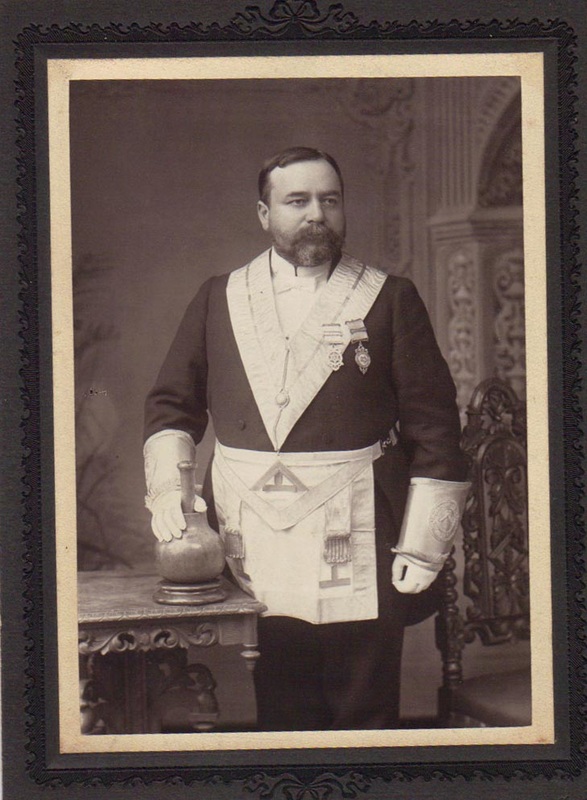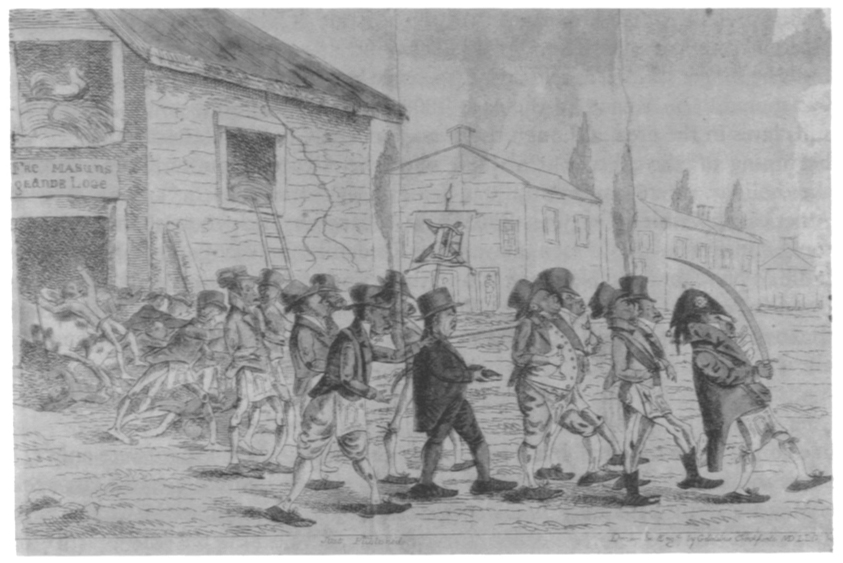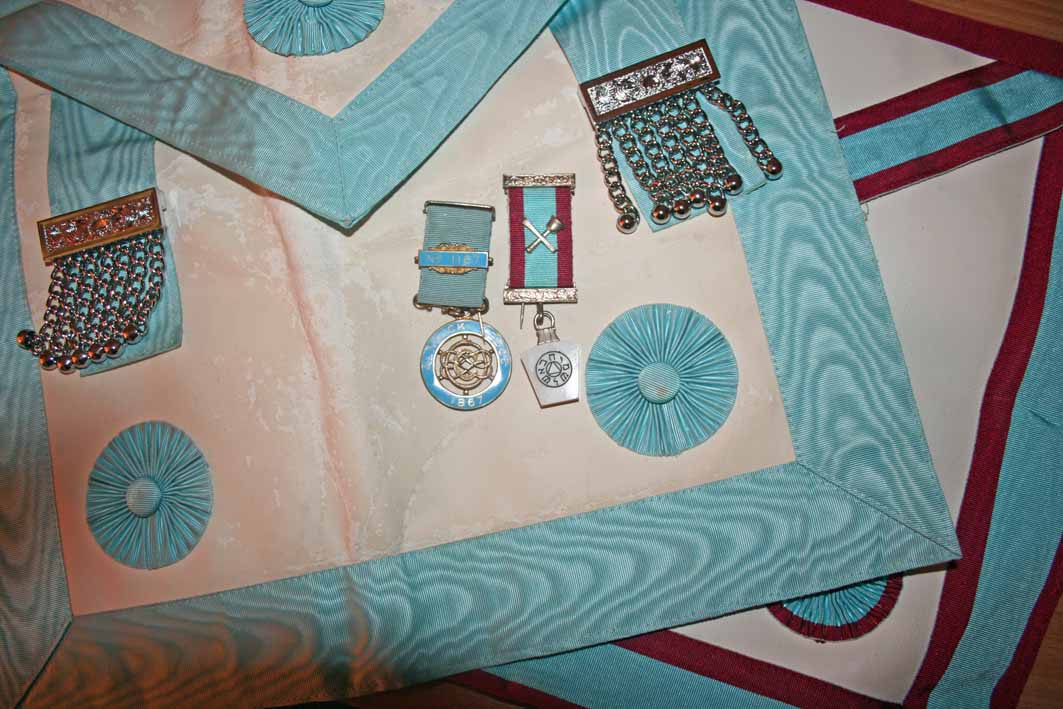Introduction
Blog
People often become curious about Freemasonry because of a mention in a relative's obituary, from finding a box with certificates and regalia or a Masonic emblem on a gravestone. Sometimes a family knows of the Masonic connection but for others, it's a bit of a surprise. If you come across acronyms such as AF&AM and FAAM, or a pair of compasses with a right angled square symbol in your research, you probably have a Freemason in the family.
Many regiments in the British army had their own lodges and some still retain their founders’ names. The 8th Regiment of Foot founded the first Masonic Lodge in Canada and many of the present lodges in India were formed when regiments were stationed there or by young men going out to seek their fortunes in the 18th and 19th centuries. Rudyard Kipling wrote many of his books whilst a member of the Lodge in Lahore.
Many universities and professions founded their own lodges which still meet today. Oscar Wilde was a member of Apollo University Lodge No. 357, Oxford. In 1905 a group of musicians and actors founded the Chelsea Lodge No. 3098 whose members have included some of the most famous names of television, theatre, music and film. Like many lodges today this lodge has its own website so if you know your ancestor was in the entertainment profession these theatrical lodges are another course of research open to you.

Gilbert and Sullivan were both Masons with the latter giving his name to Arthur Sullivan Lodge No. 2156 which still meets to this day in Manchester. Freemasonry spread rapidly throughout Europe with the great musician Wolfgang Amadeus Mozart becoming a member of a lodge in Vienna. His opera the Magic Flute is often regarded as a Masonic allegory.
The tracing of ancestry in England and Wales is done through the United Grand Lodge of England’s Library and Museum. The Library has its own website (See Useful Sources) which is an excellent starting point.
It’s a common misconception that, being freemasonry, the Grand Lodges will have a comprehensive alphabetical indexes listing past members. This however is not the case. On the other hand, people often do have information about their ancestors masonic connections in the form of photos, jewels or certificates.
Your local town or borough archives may well have lists of Masons in the local lodge at certain dates as part of the Quarter Sessions Records. Some lodges may have deposited their records in local archives so they can be kept in secure and safe conditions and may be available for consultation subject to a typical 70 year closure period.
These important records consist of not only Lodge Minute Books but also material such as Treasurer's accounts, Attendance Books, membership rolls, letters and much more. These archives may even have photographs of members in regalia and some lodges work closely with their local archives for material for their own websites.
Useful Links
Regimental Museums can hold photographs of their Masonic lodges especially when stationed abroad. It was quite common for masons in Regiments who died abroad to have a square and compasses engraved on their tombstones.
The internet has many pages dedicated to individual Regimental, Air Force and Naval Lodges. So if you know your ancestors service record this may be an avenue for you to explore.
Masonic war memorials are quite common and are scattered all over the British Isles. Some are inside individual Masonic halls but many are in public places erected by their brethren. An internet search will find most of them.
Summary
http://www.stevenewman.co.uk/
http://www.silvertraveladvisor.com/
You can also follow St David's Lodge, Berwick upon Tweed on Twitter @Berwick_393
There is lots of interesting information on their website http://www.stdavids393.org.uk/


 RSS Feed
RSS Feed
